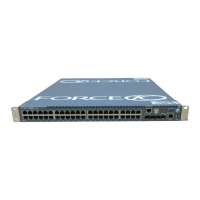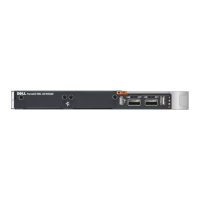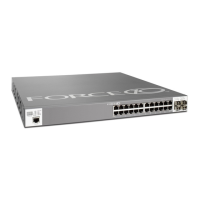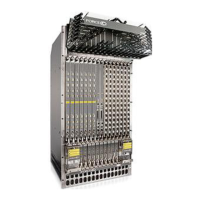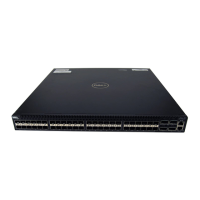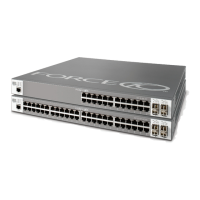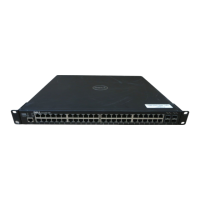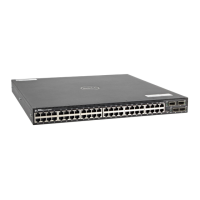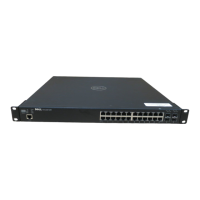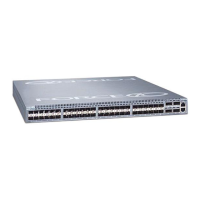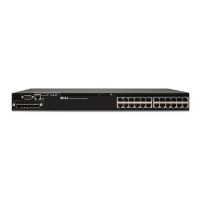ip helper-address
Specify the address of a DHCP server so that DHCP broadcast messages can be forwarded when the DHCP server is not
on the same subnet as the client.
C-Series, E-Series, S-Series, Z-Series, S4810
Syntax
ip helper-address ip-address | ipv6-address | default-vrf
To remove a DHCP server address, use the no ip helper-address command.
Parameters
ip-address
Enter an IP address in dotted decimal format (A.B.C.D).
ipv6-address
C-Series and E-Series only: Enter the IPv6 address in the x:x:x:x:x::x
format.
NOTE: The :: notation specifies successive hexadecimal fields of
zeros.
default-vrf
(Optional) C-Series and E-Series Only: Enter the keyword default-
vrf for the DHCP server VRF is using.
Defaults Not configured.
Command Modes INTERFACE
Command History
Version 9.0.0.0 Added support for IPv6.
Version 8.3.11.1 Introduced on the Z9000.
Version 8.3.7.0 Introduced on the S4810.
Version 8.1.1.0 Introduced on the E-Series ExaScale.
Version 7.9.1.0 Introduced VRF on the E-Series.
Version 7.6.1.0 Introduced on the S-Series.
Version 7.5.1.0 Introduced on the C-Series.
pre-Version
6.2.1.1
Introduced on the E-Series.
Usage
Information
You can add multiple DHCP servers by entering the ip helper-address command
multiple times. If multiple servers are defined, an incoming request is sent simultaneously to all
configured servers and the reply is forwarded to the DHCP client.
FTOS uses standard DHCP ports, that is UDP ports 67 (server) and 68 (client) for DHCP relay
services. It listens on port 67 and if it receives a broadcast, the software converts it to unicast,
and forwards to it to the DHCP-server with source port=68 and destination port=67.
The server replies with source port=67, destination port=67 and FTOS forwards to the client
with source port=67, destination port=68.
788
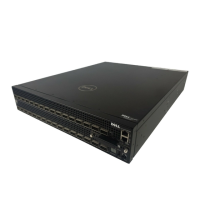
